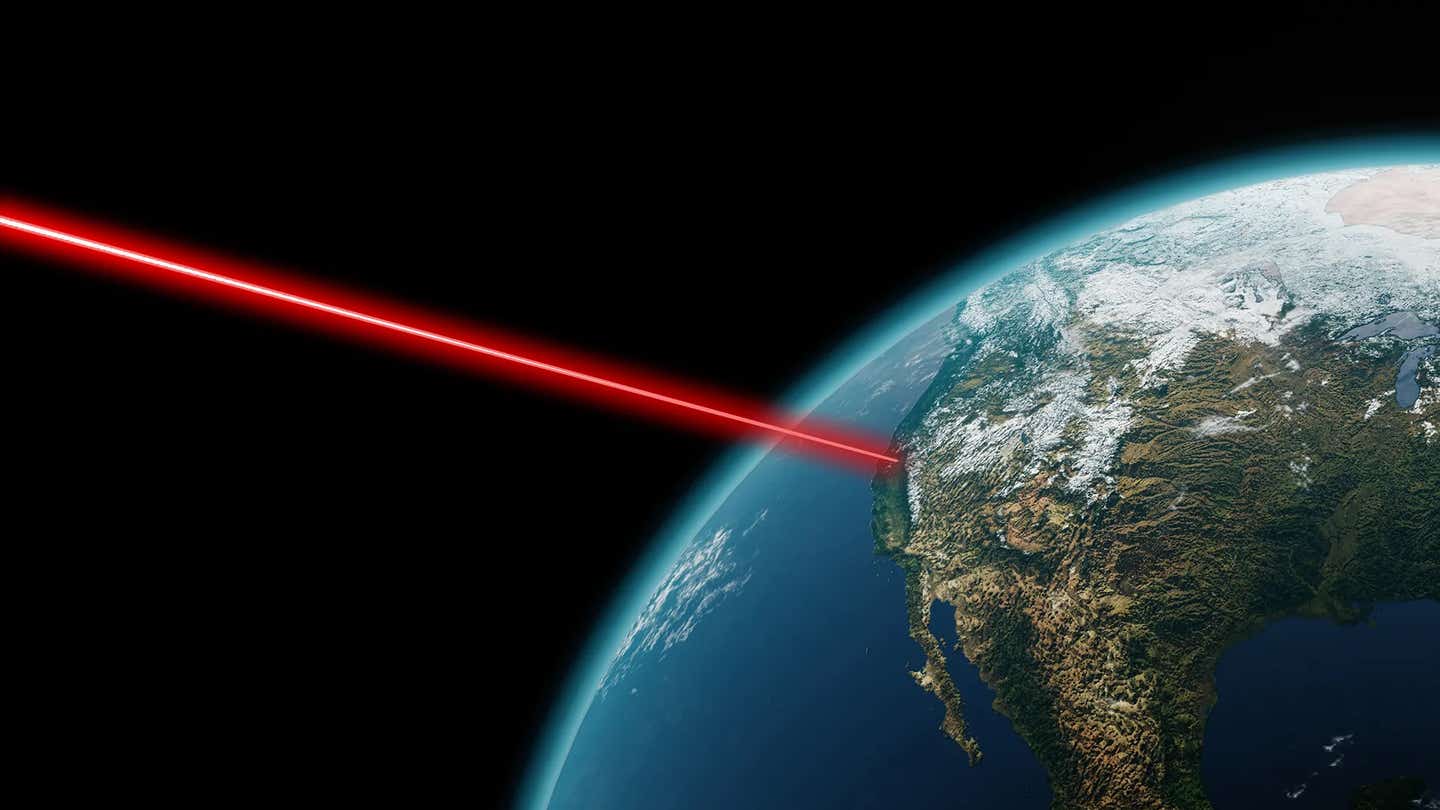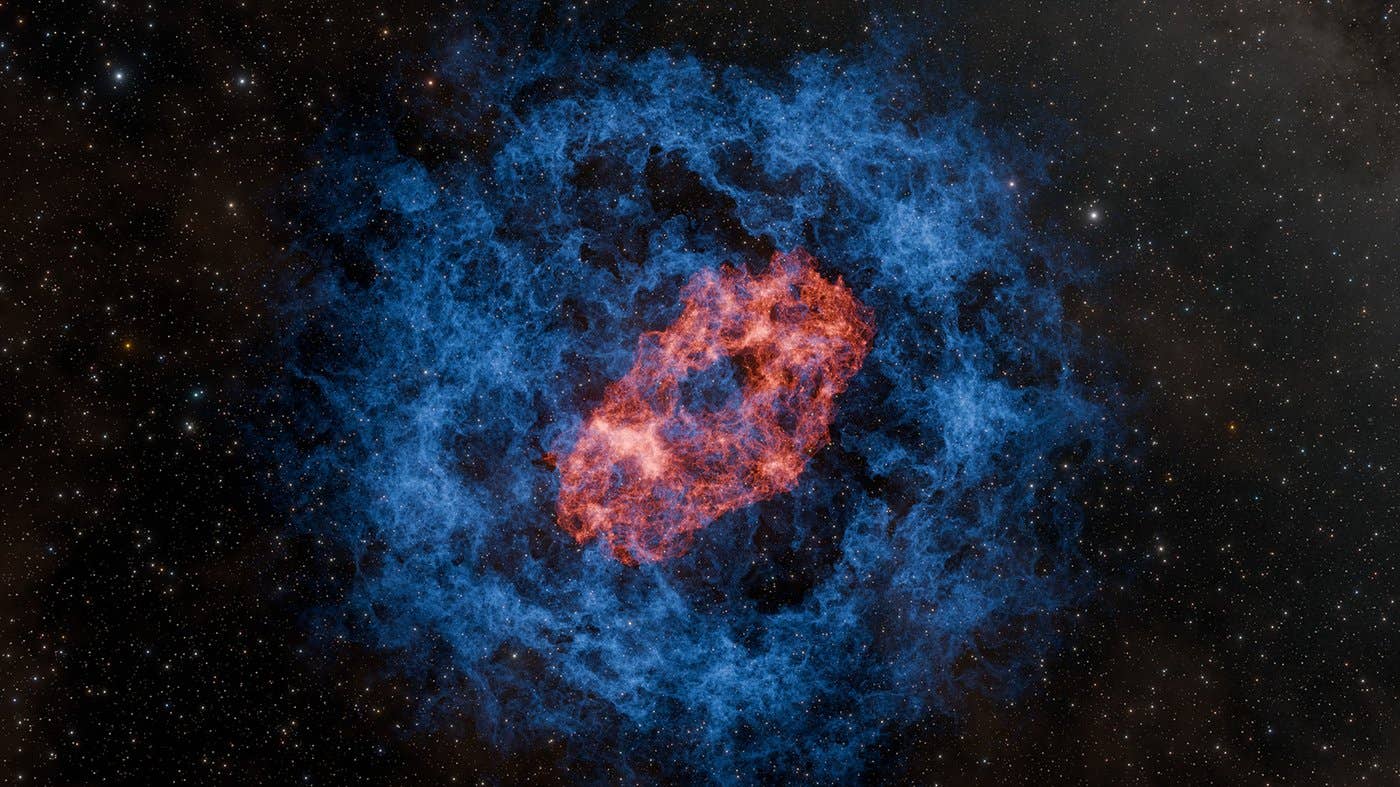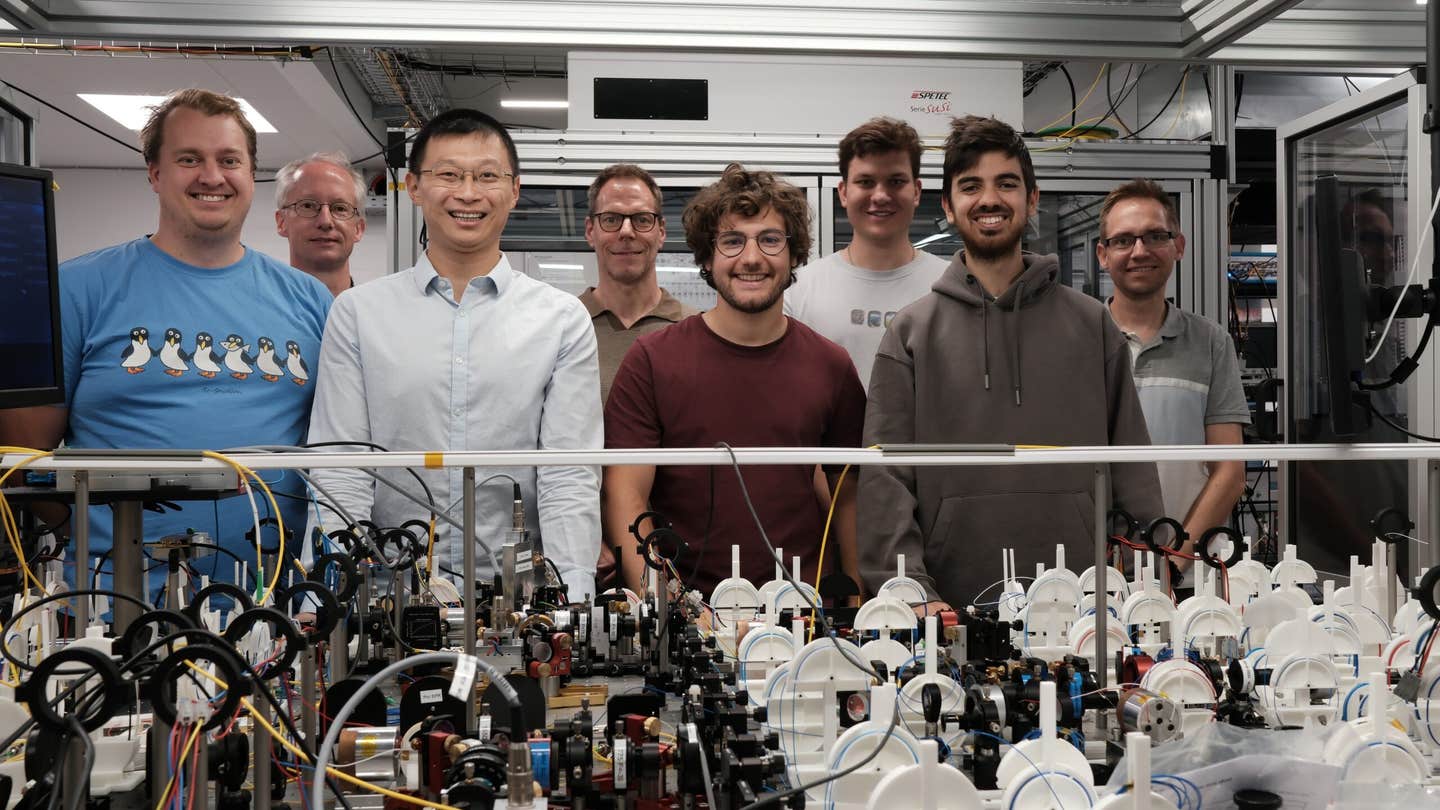First-ever laser-beamed message received from 10 million miles away
This groundbreaking achievement marks the first successful demonstration of optical communications across such a vast expanse of space.

[Nov. 23, 2023: JD Shavit, The Brighter Side of News]
NASA has achieved a remarkable feat by beaming messages via laser across an astonishing distance of almost 10 million miles. (CREDIT: ProleR/Shutterstock.com)
In a significant leap forward for space communication technology, NASA has achieved a remarkable feat by beaming messages via laser across an astonishing distance of almost 10 million miles, which is approximately 40 times farther than the Moon is from Earth.
This groundbreaking achievement marks the first successful demonstration of optical communications across such a vast expanse of space. The breakthrough comes as part of NASA's Deep Space Optical Communications (DSOC) experiment, signifying a critical milestone in the endeavor to expand the World Wide Web beyond our planet and revolutionize interplanetary data transmission.
The Power of Light: A New Frontier in Space Communication
Traditionally, radio waves have been the primary means of communicating with distant spacecraft, but the recent success of NASA's optical communications represents a transformative shift in how we connect with missions beyond Earth. The utilization of higher-frequency light, specifically near-infrared wavelengths, holds the potential to not only increase bandwidth but also significantly boost data transmission speeds.
This advancement is poised to enable the seamless transmission of high-definition video messages to and from Mars, without the significant delays inherent in conventional radio-based communication systems.
Deep Space Optical Communications (DSOC): Paving the Way for the Future
The successful establishment of this groundbreaking communications link, known as 'first light,' is a pivotal moment in NASA's DSOC experiment. Trudy Kortes, Director of Technology Demonstrations at NASA Headquarters, emphasizes the importance of achieving this milestone, stating, "Achieving first light is one of many critical DSOC milestones in the coming months, paving the way toward higher-data-rate communications capable of sending scientific information, high-definition imagery, and streaming video in support of humanity's next giant leap."
Related Stories
The technology that underpins this achievement draws inspiration from the optical fibers used in our ground-based, high-speed communications infrastructure. Engineers have ingeniously adapted this technology for use in the unforgiving depths of space, improving upon existing methods for transmitting information back to Earth.
Unlike radio waves, which disperse over long distances, infrared light in laser form offers a more focused and directed transmission, requiring significantly less power and enhancing security by reducing the likelihood of interception.
While the benefits of optical communication are evident, the implementation of such a system is far from straightforward. In this cutting-edge technology, data bits are encoded within the photons emitted by the laser.
Earth Has Received a Message Laser-Beamed From 10 Million Miles Away. (CREDIT: Creative Commons)
This process necessitates a suite of sophisticated instruments, including a superconducting high-efficiency detector array, to prepare and translate information for transmission and reception. Moreover, the system must continually adjust its positioning configuration in real time, considering the rapid motion of both the transmitting spacecraft and the receiving telescope.
The Successful Test: Psyche Spacecraft and the Hale Telescope
The historic milestone was achieved through a laser transceiver installed on board the Psyche spacecraft. Currently embarked on a two-year technology demonstration mission, Psyche is en route to the asteroid belt located between Mars and Jupiter.
The Psyche spacecraft with the laser transceiver shown with a gold cap. (CREDIT: NASA/Ben Smegelsky)
During the test, the laser transceiver established a connection with the Hale Telescope at the Palomar Observatory in California. This monumental achievement sets the stage for further tests and refinements as Psyche is scheduled for a flyby around Mars, offering opportunities to enhance and optimize this innovative near-infrared laser communication method to meet the demands of future missions.
The Road Ahead: Challenges and Opportunities
Meera Srinivasan, DSOC Operations Lead at the NASA Jet Propulsion Laboratory, acknowledges the formidable challenges that lay ahead while highlighting the significance of the accomplishment: "It was a formidable challenge, and we have a lot more work to do, but for a short time, we were able to transmit, receive, and decode some data."
Illustration of the spacecraft and telescope contact. (CREDIT: NASA Jet Propulsion Laboratory)
Indeed, the road ahead is not without its obstacles, but the successful demonstration of optical communication in deep space has opened up a realm of possibilities for interplanetary communication and data transmission.
As the Deep Space Optical Communications experiment continues to evolve, humanity inches closer to realizing its aspirations of expanding the World Wide Web across the galaxy, ushering in a new era of space exploration and communication.
For more science and technology news stories check out our Innovation News section at The Brighter Side of News.
Note: Materials provided above by The Brighter Side of News. Content may be edited for style and length.
Like these kind of feel good stories? Get the Brighter Side of News' newsletter.



